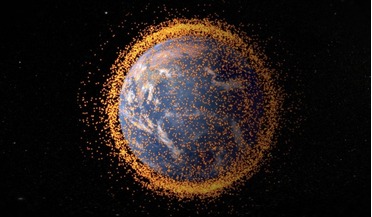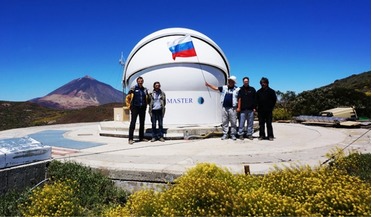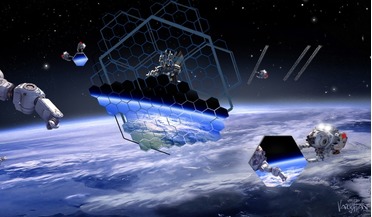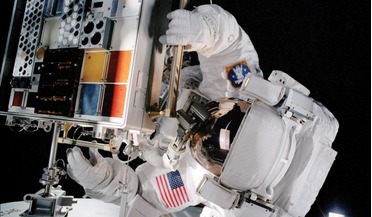 February 2017
Growing space agency dilemma
February 2017
Growing space agency dilemma
... Russian, US, Chinese and international space stations, developing entirely new space vehicles and systems like the Hubble Space Telescope, the Kepler Space Telescope, the Rosetta mission to land on a comet, Japanese missions to the Moon...
 February 2017
Global robotic network for monitoring near-Earth and outer space
February 2017
Global robotic network for monitoring near-Earth and outer space
..., Callirrhoe, a satellite of Jupiter which is 8.6 km in diameter, has an absolute magnitude of 21 and the visible light limit of the Hubble Space Telescope is 32. The angular speed of movement can reach 20-50 degrees per second. In recent years, the...
 August 2017
On-orbit assembly will deliver major benefits in coming decade
August 2017
On-orbit assembly will deliver major benefits in coming decade
... of candidates that can be characterised, and the relation is plotted in Figure 2. Data points are included for the Hubble Space Telescope (HST) and for the James Webb Space Telescope (JWST), the latter being the...
 October 2017
Cassini observations open up Saturn’s atmosphere
October 2017
Cassini observations open up Saturn’s atmosphere
... jet at 78 degrees N latitude is the site of another peculiar, long-lived feature that was seen by Voyager in 1981, Hubble in the 1990s, and was rediscovered by Cassini in 2006. The jet stream takes on a sinusoidal appearance, meandering from...
 November 2017
Reusable air-launch and the space access paradigm
November 2017
Reusable air-launch and the space access paradigm
... was on standby in the event a rescue mission was necessary during the STS-125 mission to repair the Hubble Space Telescope. Originally the Shuttle was ‘sold’ on the assumption of 25-30 flights per year over 12 years. Most...
 May 2018
Challenging the boundaries of materials science
May 2018
Challenging the boundaries of materials science
... to improve the protection of human health and the environment by regulating chemicals produced or imported in the EU. Part of the Hubble Space Telescope (HST) solar array returned from low Earth orbit by astronauts after the HST’s first...